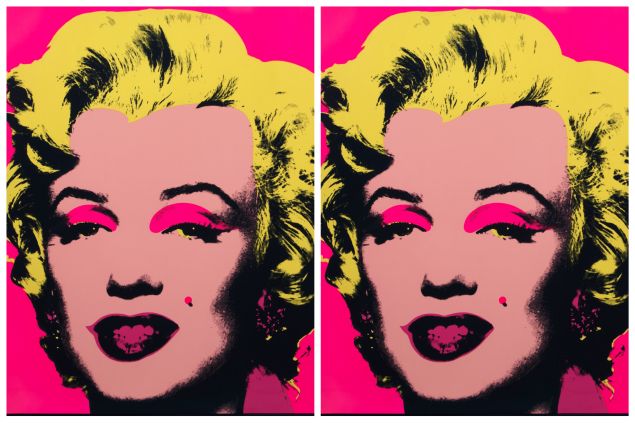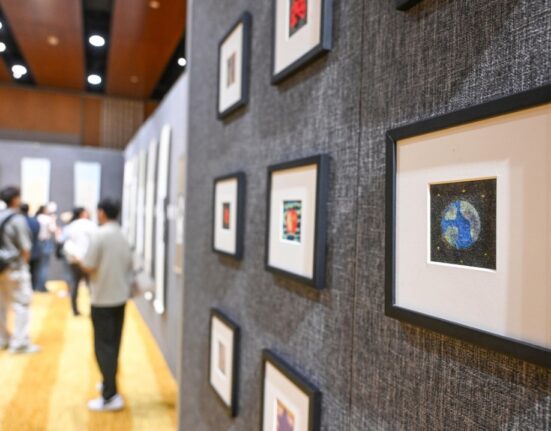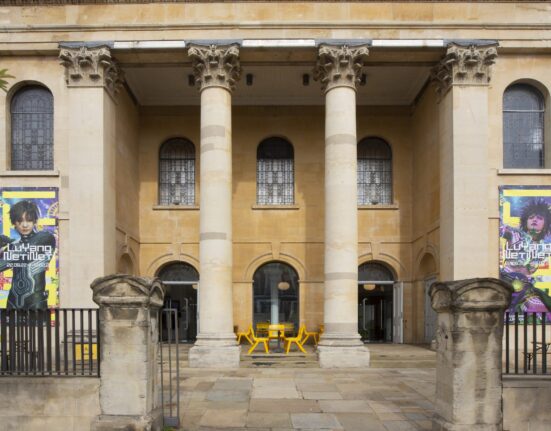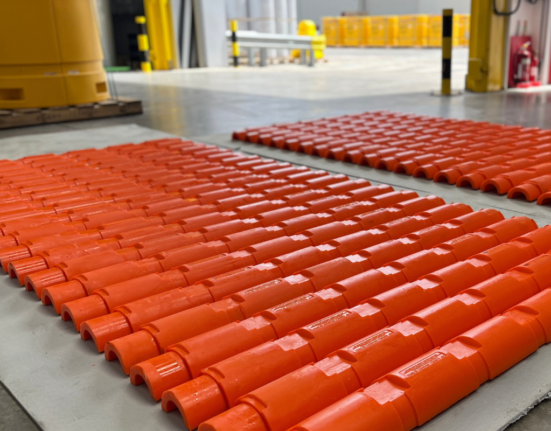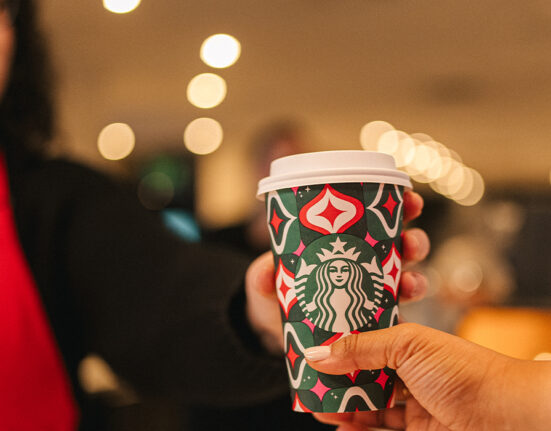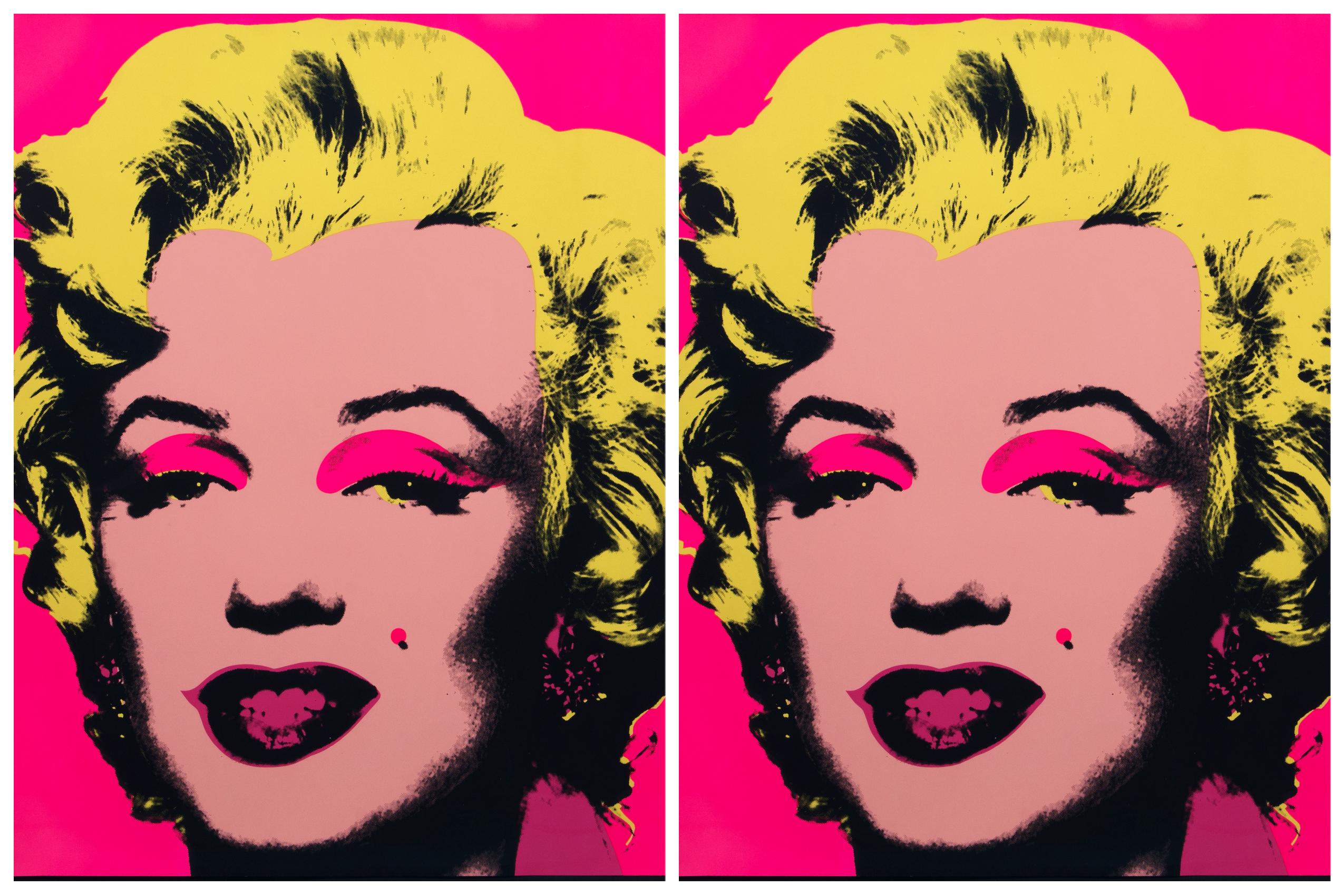
Jane Holzer, aka Baby Jane Holzer, former “It girl” and Andy Warhol muse, is offering investors the opportunity to spend as little as $200 in exchange for their own Warhol. Or at least a portion of one.
She’s selling via Freeport, a fractionalized art investment platform, which launched earlier this month with an initial offering of four Warhol prints. She already owned Warhol’s Mick Jagger print, and the remaining three works—Marilyn, Double Mickey and James Dean—were sourced by Holzer (who appeared in a number of Warhol’s films including Soap Opera and Ciao! Manhattan) and Michael Haber (a Warhol dealer and collector) for the platform’s launch.
It works like this: each piece is split into 10,000 shares, with divisions secured through tokens on the Ethereum blockchain. The minimum buy-in for a Warhol on Freeport is 10 shares, which range in price from $198 to $781, depending on the Warhol.
“We had specific ideas of what we thought would be perfect for the first round,” Holzer told Observer. The platform is currently focused on sales of art by household names—particularly by artists who appeal to younger buyers. Works by Keith Haring, Jean-Michel Basquiat, Kaws, Daniel Ashram and Yayoi Kusama could be a part of future Freeport launches, according to Holzer.
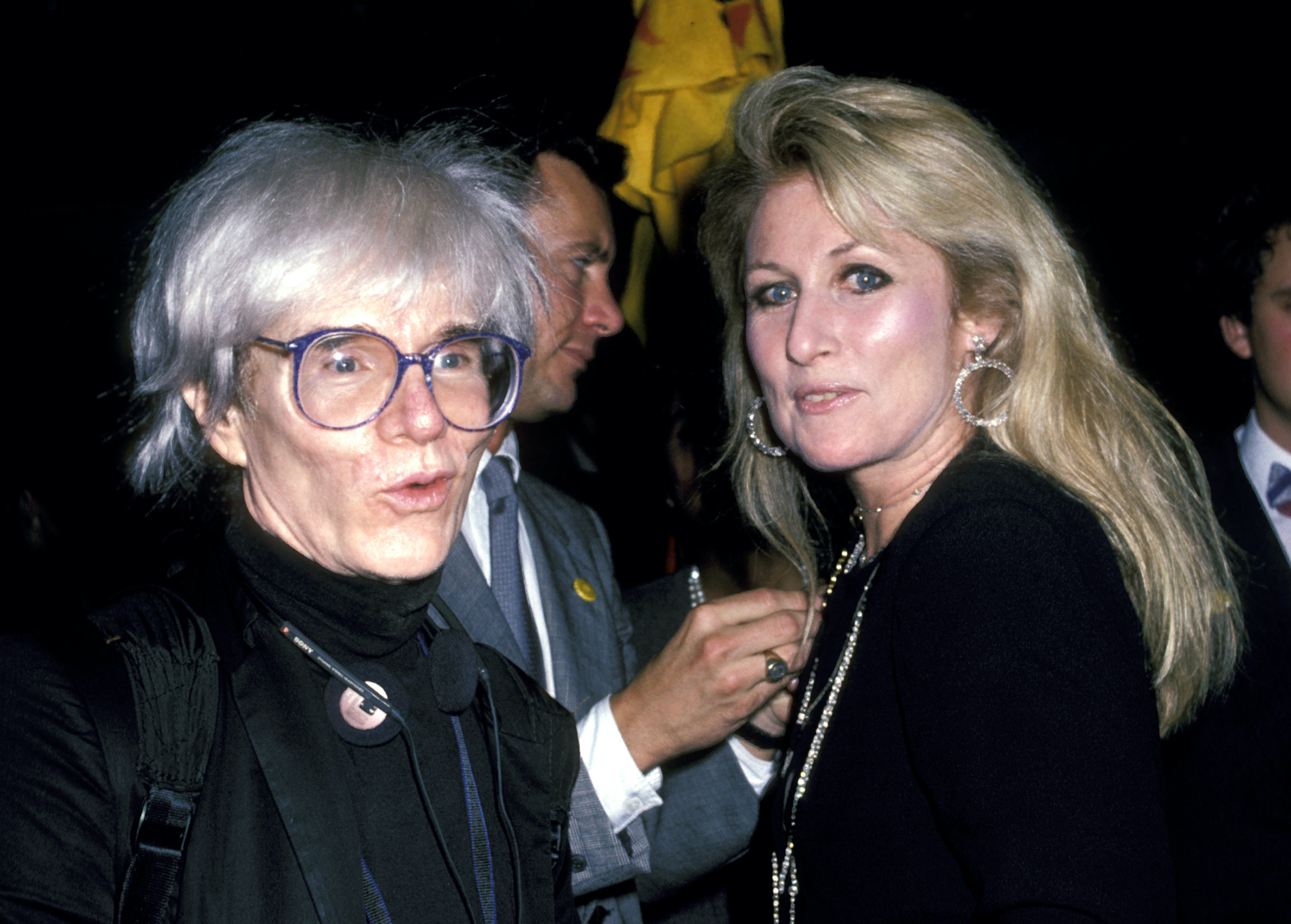

This isn’t the first time artwork has been divvied up into shares for investors. Alongside other companies, the New York-based firm Masterworks has been selling fractionalized shares of million-dollar art to the public since 2017.
But Masterworks “has historically aimed at very, very wealthy people,” with an investment minimum of $15,000, Colin Johnson, CEO and co-founder of Freeport, told Observer. Johnson’s newly launched platform, which trademarked the tagline “ownership for all,” is taking a different approach. “We care about everyone being able to come in and own a piece of something that’s really cool.”
When can investors sell their artwork shares on Freeport?
Masterworks and Freeport store their artwork in the Delaware Freeport facility, holding onto them for three to ten years and three to seven years respectively. They both also offer a secondary market where investors can buy and sell shares earlier.
Johnson claims Freeport’s secondary market, which is not yet live, will be much more accessible than that of Masterworks. “They just want people to buy and hold the thing forever and not worry about engaging with buying and selling,” he said. “We care that people can actually access the liquidity, whereas Masterworks hasn’t done that historically.”
Freeport, which recently received approval from the Securities and Exchange Commission to sell Regulation A securities, is also differentiated by its tokenization of assets, which Johnson said will be helpful for future projects such as lending against artwork.
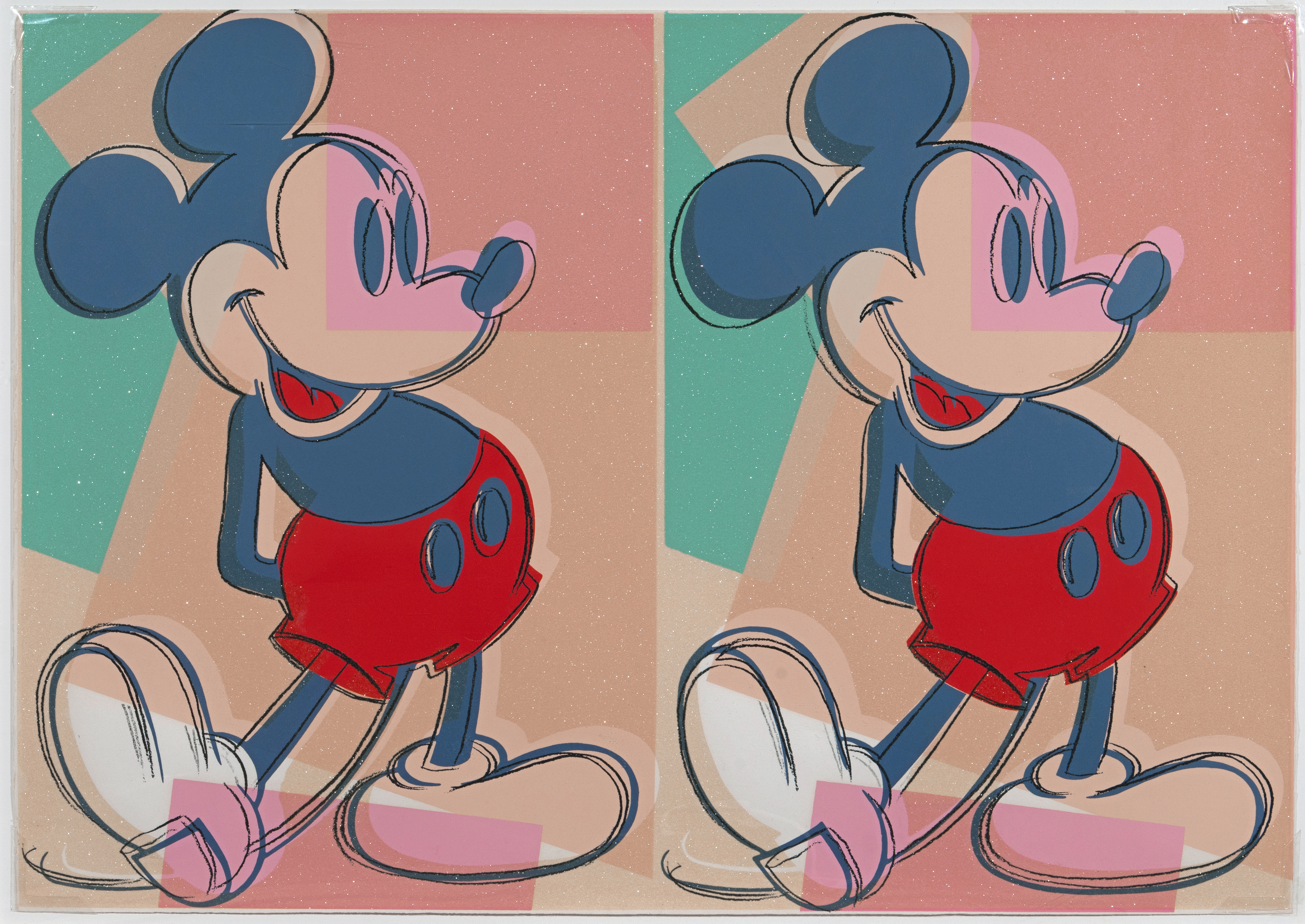

Additionally, the platform offers a virtual gallery, where investors can display artwork they partially own alongside non-fungible tokens (NFTs) from their personal collections. And Freeport will soon allow interested customers the opportunity to purchase entire works instead of just a portion, according to Johnson, who formerly held marketing positions at Apple and American Express.
“We’re going to have galleries so that people who want to come in and just buy out the whole thing can do that,” he said. After buyout offers are placed, Freeport will pause trading to evaluate the opportunity, and if it’s accepted, proceeds will be distributed to investors.
“The price range that we’re in is more accessible, like $500,000 versus $12 million,” added Johnson. “You don’t have to be a billionaire to do that.”
Warhol “would’ve been thrilled, really thrilled” about Freeport, according to Holzer. By creating multiples of his original and pricier paintings, the pop artist was already experimenting with the democratization of artwork in his own way, she explained. “He loved anything that was new and exciting and innovative.”

